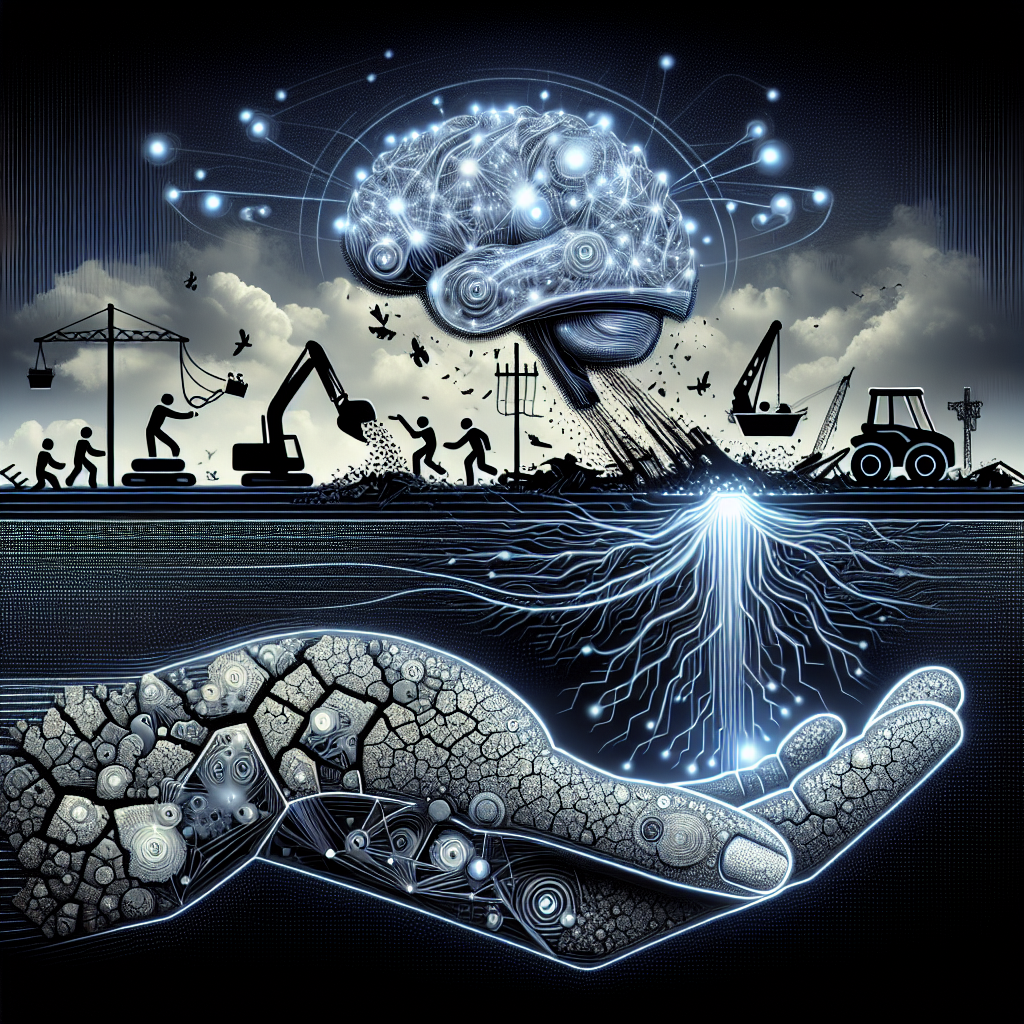Disasters, both natural and man-made, can strike at any time and have devastating consequences for individuals, communities, and entire countries. From hurricanes and earthquakes to cyber attacks and pandemics, the need for effective disaster recovery solutions has never been more critical. In recent years, artificial intelligence (AI) has emerged as a powerful tool in disaster recovery efforts, helping to streamline processes, improve response times, and ultimately save lives. In this article, we will explore the role of AI-driven solutions in disaster recovery and how they are revolutionizing the way we prepare for and respond to emergencies.
The Role of AI in Disaster Recovery
AI has the potential to revolutionize disaster recovery efforts in several key ways. One of the most significant benefits of AI-driven solutions is their ability to process vast amounts of data in real-time, enabling emergency responders to make faster and more informed decisions. For example, AI-powered algorithms can analyze satellite imagery to assess the extent of damage caused by a natural disaster, helping to prioritize rescue and relief efforts. This can be particularly useful in situations where access to affected areas is limited or dangerous for human responders.
AI can also help to predict and prevent disasters before they occur. By analyzing historical data and trends, AI algorithms can identify areas at high risk of certain types of disasters and recommend preventive measures to mitigate the impact. For example, AI can be used to monitor seismic activity and predict the likelihood of an earthquake occurring in a specific region, allowing authorities to take proactive steps to protect vulnerable populations and infrastructure.
In addition to its predictive capabilities, AI can also improve the efficiency of disaster response efforts. For example, AI-powered chatbots can be used to provide real-time information and guidance to individuals affected by a disaster, helping to alleviate stress and confusion during a crisis. AI can also help to optimize the allocation of resources by analyzing incoming data in real-time and identifying the areas that are most in need of assistance.
Overall, the role of AI in disaster recovery is to enhance the speed, accuracy, and effectiveness of response efforts, ultimately saving lives and reducing the impact of disasters on affected communities.
AI-driven Solutions in Action
There are several examples of AI-driven solutions that are already being used in disaster recovery efforts around the world. One such example is the use of AI-powered drones to assess damage and survey affected areas in the aftermath of a disaster. Drones equipped with AI algorithms can quickly and accurately map out the extent of damage caused by a natural disaster, helping emergency responders to prioritize their efforts and allocate resources more effectively.
Another example of AI-driven solutions in action is the use of predictive analytics to forecast the impact of disasters and improve response planning. By analyzing historical data and trends, AI algorithms can identify areas at high risk of certain types of disasters and recommend preventive measures to reduce the impact. For example, AI can be used to predict the path of a hurricane and forecast the areas that are most likely to be affected, allowing authorities to evacuate residents and prepare emergency shelters in advance.
AI-powered chatbots are also being used to provide real-time information and support to individuals affected by disasters. These chatbots can answer common questions, provide guidance on how to stay safe, and connect people with emergency services if needed. By leveraging AI technology, emergency responders can provide timely and accurate information to those in need, helping to alleviate stress and confusion during a crisis.
FAQs
Q: How can AI help to improve disaster recovery efforts?
A: AI can help to improve disaster recovery efforts by processing vast amounts of data in real-time, enabling faster and more informed decision-making. AI can also predict and prevent disasters before they occur, optimize the allocation of resources, and enhance the efficiency of response efforts.
Q: What are some examples of AI-driven solutions in disaster recovery?
A: Examples of AI-driven solutions in disaster recovery include the use of AI-powered drones to assess damage, predictive analytics to forecast the impact of disasters, and chatbots to provide real-time information and support to individuals affected by disasters.
Q: How can AI be used to predict and prevent disasters?
A: AI can be used to predict and prevent disasters by analyzing historical data and trends to identify areas at high risk of certain types of disasters. By forecasting the likelihood of a disaster occurring in a specific region, authorities can take proactive steps to protect vulnerable populations and infrastructure.
In conclusion, AI-driven solutions are revolutionizing the way we prepare for and respond to disasters, enabling faster, more informed decision-making and ultimately saving lives. By leveraging AI technology, emergency responders can improve the efficiency of response efforts, predict and prevent disasters before they occur, and provide real-time information and support to individuals affected by disasters. As AI continues to evolve and advance, its role in disaster recovery efforts will only become more crucial in the years to come.

